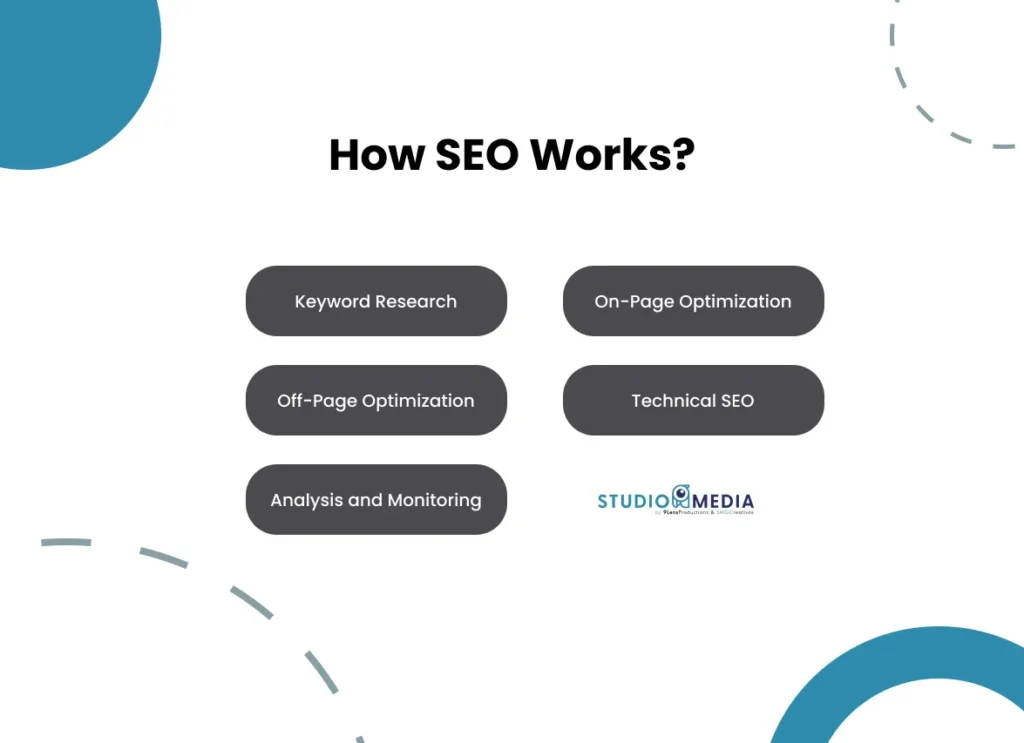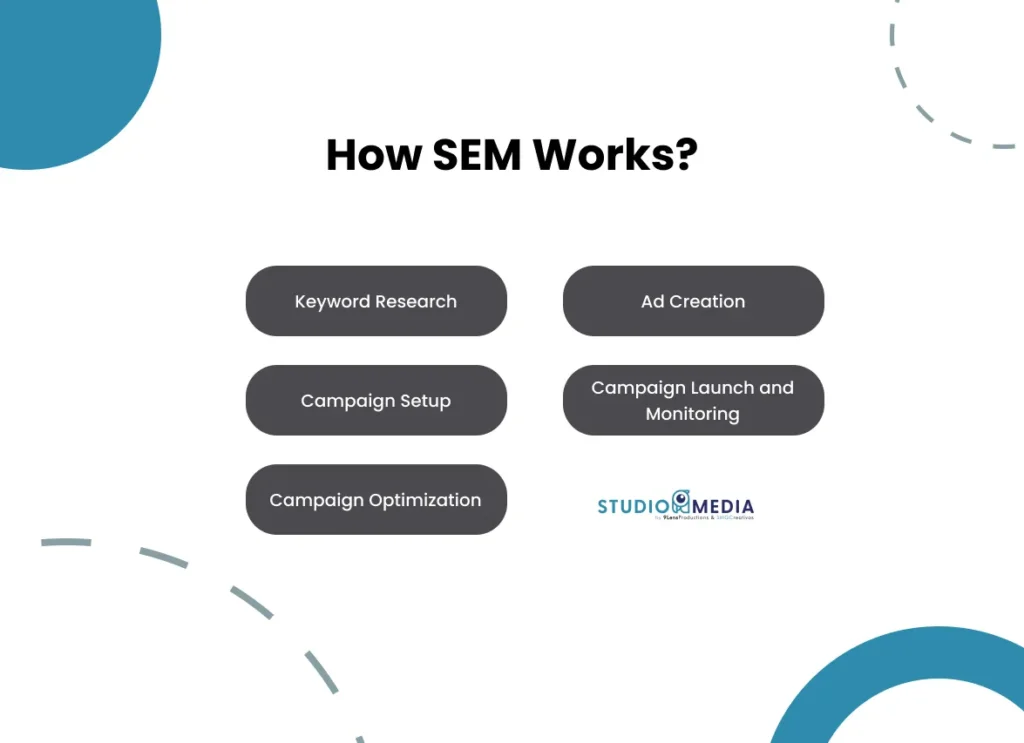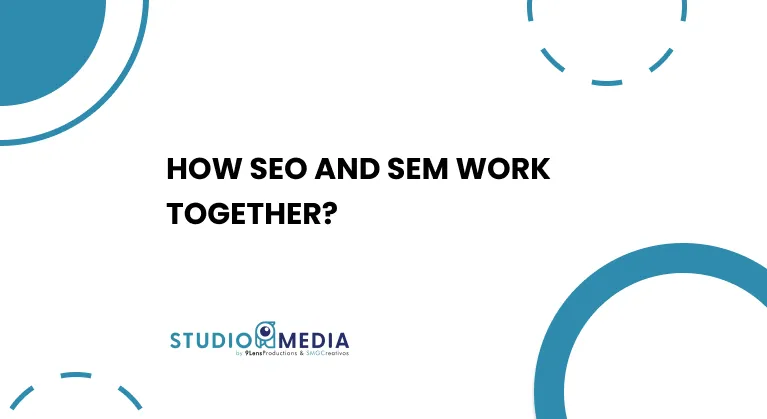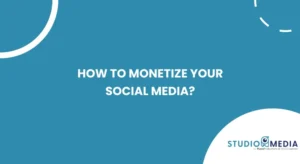In the dynamic world of digital marketing, two strategies stand out for their ability to attract traffic and enhance online visibility: SEO (Search Engine Optimization) and SEM (Search Engine Marketing). Although these two tactics are distinct in their approach, they can work together synergistically to maximize results and achieve marketing goals more effectively.
SEO and SEM are essential components of a robust digital marketing strategy. SEO focuses on optimizing a website’s content and structure to improve its ranking in organic search engine results. SEM, on the other hand, involves using paid advertising to ensure that a business’s products and services are seen by users on search engine results pages (SERPs). By combining these strategies, businesses can enhance their online presence and drive more targeted traffic to their websites.
What is SEO and What is SEM?
SEO, or Search Engine Optimization, involves a series of strategies and techniques aimed at improving the visibility of a website in organic search engine results. The primary goal of SEO is to attract organic traffic by ensuring that the content is relevant and meets the users’ search intent. Common SEO techniques include keyword research, quality content creation, on-page optimization, and improving website structure.
SEM, or Search Engine Marketing, refers to the use of paid advertising to appear on search engine results pages. SEM includes pay-per-click (PPC) campaigns, where advertisers pay each time a user clicks on their ad. SEM ensures immediate visibility and can drive traffic quickly, making it a powerful tool for generating leads and boosting sales.
Differences and Similarities between SEO and SEM
The main difference between SEO and SEM lies in how the traffic is obtained. SEO focuses on attracting organic traffic through content optimization and keyword relevance, while SEM uses paid advertising to drive traffic. However, both strategies share the common goal of increasing visibility and attracting relevant traffic.
Another key difference is cost. While SEO requires an initial investment of time and resources, it does not involve direct costs for each visit, unlike SEM, which involves paying for each click on the ads. Both strategies require a deep understanding of user search behavior and the use of relevant keywords to attract the desired traffic.
How SEO Works?
SEO (Search Engine Optimization) is a set of strategies and techniques designed to improve the visibility of a website in organic search engine results. Below, we break down how SEO works and the key components that comprise it:
1. Keyword Research
Keyword research is the first crucial step in any SEO strategy. It involves identifying the words and phrases that users use to search for information related to your business or industry. Tools like Google Keyword Planner, SEMrush, and Ahrefs are useful for finding relevant keywords and assessing their search volume and competition.
2. On-Page Optimization
On-page optimization refers to all the measures that can be taken directly within the website to improve its position in search results. This includes:
Titles and Meta Tags
Ensuring each page has a unique title and meta description that include relevant keywords:
- Header Tags (H1, H2, H3) Using headers to structure the content and make it easier to read for both users and search engines.
- SEO-Friendly URLs Creating URLs that are easy to understand and include keywords.
- Image Optimization Using ALT tags and descriptive file names for images.
- Quality Content Creating useful, relevant, and well-written content that responds to user search intents.
3. Off-Page Optimization
Off-page optimization focuses on increasing the authority of your website through external links (backlinks). Backlinks are links from other websites that point to yours, and they are considered by search engines as votes of confidence. Common strategies include:
- Guest Blogging: Writing articles for other blogs and websites in your industry.
- Content Marketing: Creating and promoting high-quality content that other websites want to link to.
- Social Media Participation: Sharing your content on social media to increase its visibility and generate links.
4. Technical SEO
Technical SEO refers to the optimization of the technical aspects of your website to ensure that search engines can easily crawl and index your content. This includes:
- Site Speed: Ensuring the website loads quickly.
- Mobile Optimization: Ensuring the site is accessible and functional on mobile devices.
- XML Sitemap: Creating and submitting a sitemap to search engines to help them understand the structure of your site.
- Robots.txt File: Using this file to indicate to search engines which pages should or should not be crawled.
5. Analysis and Monitoring
SEO is an ongoing process that requires constant analysis and monitoring. Using tools like Google Analytics and Google Search Console to track the performance of your site, identify areas for improvement, and adjust your strategy as needed.

How SEM Works?
SEM (Search Engine Marketing) is a digital marketing strategy that uses paid advertising on search engines to increase visibility and attract traffic to a website. Below, we explain how SEM works and the key components that comprise it:
1. Keyword Research
Just like in SEO, keyword research is fundamental in SEM. However, in SEM, these keywords are used to create pay-per-click (PPC) campaigns. Tools like Google Ads Keyword Planner help identify relevant keywords and estimate the cost per click (CPC) and search volume.
2. Ad Creation
Ads in SEM are created to appear on search engine results pages (SERPs) when users search for specific keywords. These ads typically include:
- Ad Title: It should be attractive and relevant to the user’s search.
- Description: A brief summary that highlights the benefits and features of the product or service.
- Visible URL: The website address that will appear in the ad.
- Ad Extensions: Additional information such as links to specific pages, addresses, phone numbers, and more.
3. Campaign Setup
Setting up an SEM campaign involves defining several parameters:
- Budget: Setting how much you are willing to spend per day.
- Bid: Determining how much you are willing to pay for each click (manual or automated bidding).
- Targeting: Choosing the geographic location, language, device, and other demographic criteria for your audience.
- Ad Schedule: Deciding when your ads will be shown (days of the week, times of the day).
4. Campaign Launch and Monitoring
Once the campaign is set up, it is launched and the ads start appearing in search results. It is crucial to monitor the campaign regularly to assess its performance and make adjustments as necessary. Key metrics include:
- Impressions: The number of times the ad is shown.
- Clicks: The number of times users click on the ad.
- CTR (Click-Through Rate): The percentage of impressions that result in clicks.
- CPC (Cost Per Click): The average cost per click.
- Conversions: The number of desired actions taken by users after clicking the ad (purchases, sign-ups, etc.).
5. Campaign Optimization: Continuous optimization is essential for SEM success. This may include:
- Keyword Adjustment: Adding new keywords, removing non-performing ones, and adjusting bids to maximize performance.
- A/B Testing: Testing different versions of ads to see which one performs better.
- Landing Page Improvement: Ensuring the pages to which the ads direct are optimized to convert visitors into customers.

Advantages of SEO and SEM
Each of these strategies offers unique advantages:
Advantages of SEO:
- Cost-Effective in the Long Run: While it requires an initial investment in time and resources, once a page is well-positioned, it maintains its place without additional per-click costs.
- Credibility and Trust: Users tend to trust organic results more than paid ads.
- Continuous Traffic: Once good positioning is achieved, the traffic can be consistent and long-lasting.
Advantages of SEM:
- Immediate Results: Paid ads can generate traffic quickly from the moment the campaign is activated.
- Budget Control: Advertisers can control how much they spend daily and adjust campaigns in real-time.
- Precise Targeting: Allows targeting specific audiences based on demographics, geography, and behavior.
How They Complement Each Other?
SEO and SEM are not mutually exclusive strategies; in fact, they work better when combined. SEO provides a solid foundation of long-term organic traffic, while SEM can be used to complement and reinforce these strategies, especially in promotional campaigns or during the launch of new products.
For example, while SEO works to position a new website in organic results, SEM can be used to attract immediate traffic and generate brand recognition. Additionally, data obtained from SEM campaigns can provide valuable insights into keywords and search trends that can be used to optimize SEO strategies.
Strategies to Integrate SEO and SEM
To make the most of the combination of SEO and SEM, it is important to develop strategies that integrate both tactics effectively. Here are some recommendations:
- Joint Keyword Research: Use SEM tools to identify high-performing keywords and then optimize them in SEO content.
- A/B Testing with SEM: Test different ads and messages with SEM and apply the results to SEO content.
- Retargeting Campaigns: Use SEM to target ads at users who have already visited the site through organic traffic, increasing conversion rates.
- Landing Page Optimization: Ensure that the landing pages for SEM campaigns are optimized for SEO, improving relevance and user experience.
Benefits of Using SEO and SEM Together
The combined use of SEO and SEM offers numerous benefits:
- Increased Visibility: Appearing in both organic and paid results increases the chances of being seen by users.
- Improved Click-Through Rate (CTR): Presence in both areas can enhance credibility and the likelihood of users clicking on the links.
- Comprehensive Analysis: Combining SEO and SEM data provides a more complete view of user behavior and search trends.
Best Practices to Maximize the Impact of SEO and SEM
To maximize the impact of these combined strategies, it is important to follow some best practices:
- Maintain Consistency: Ensure that messages and keywords are consistent across all SEO and SEM campaigns.
- Optimize Site Speed: A fast-loading site improves both SEO performance and user experience in SEM.
- Monitor and Adjust: Continuously track performance metrics and adjust strategies accordingly.
- Create Quality Content: Relevant and high-quality content is essential for success in both SEO and SEM.







